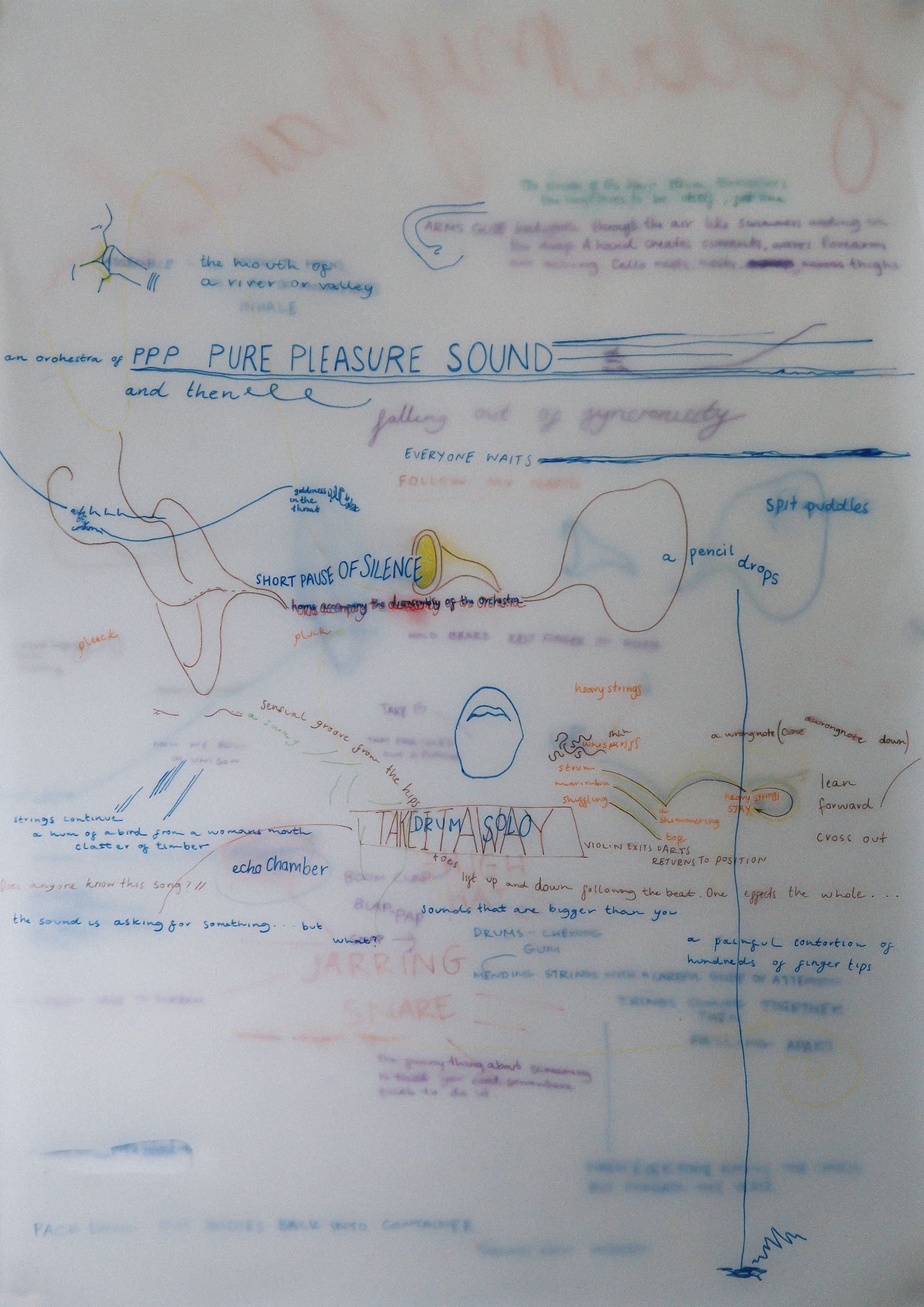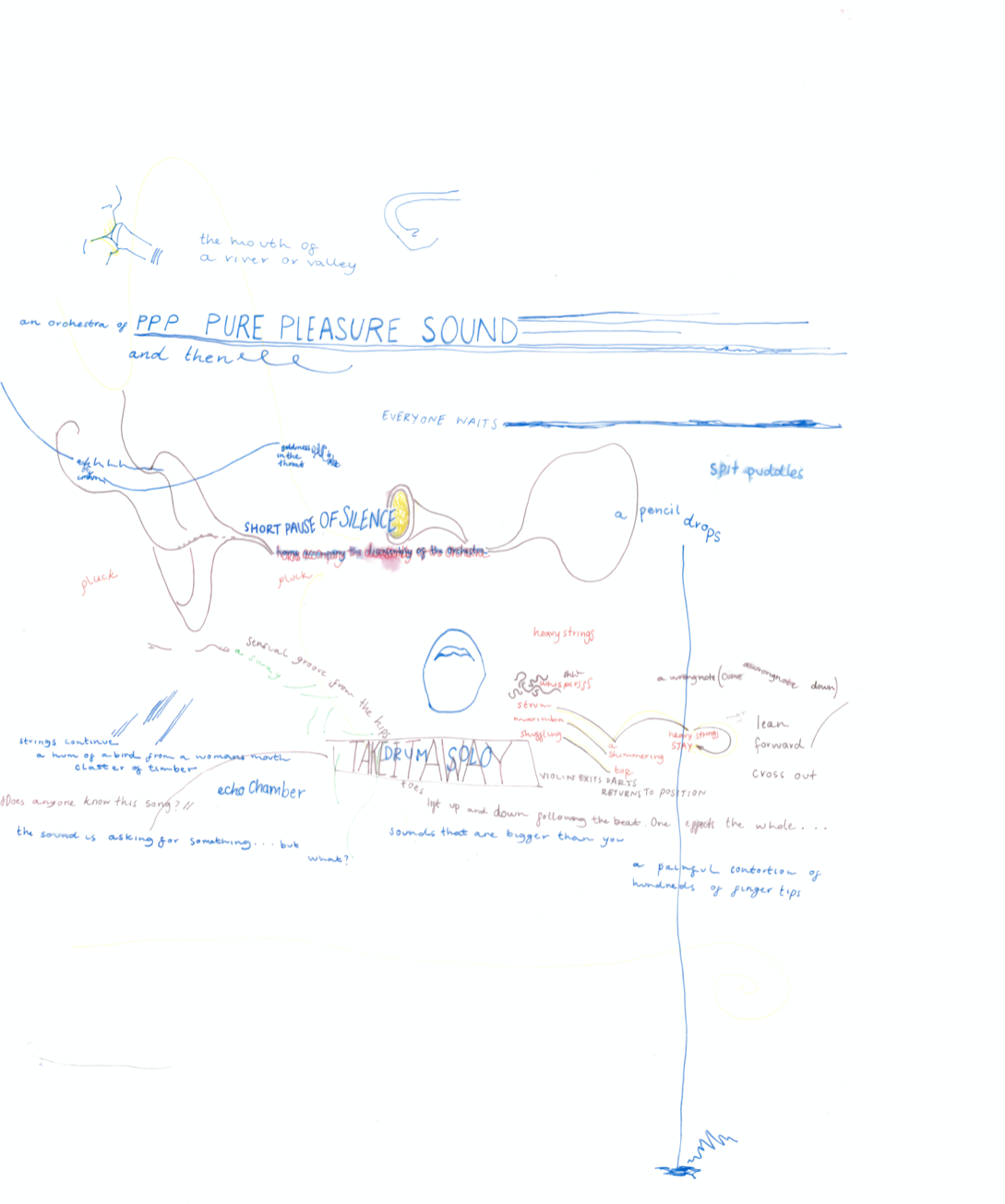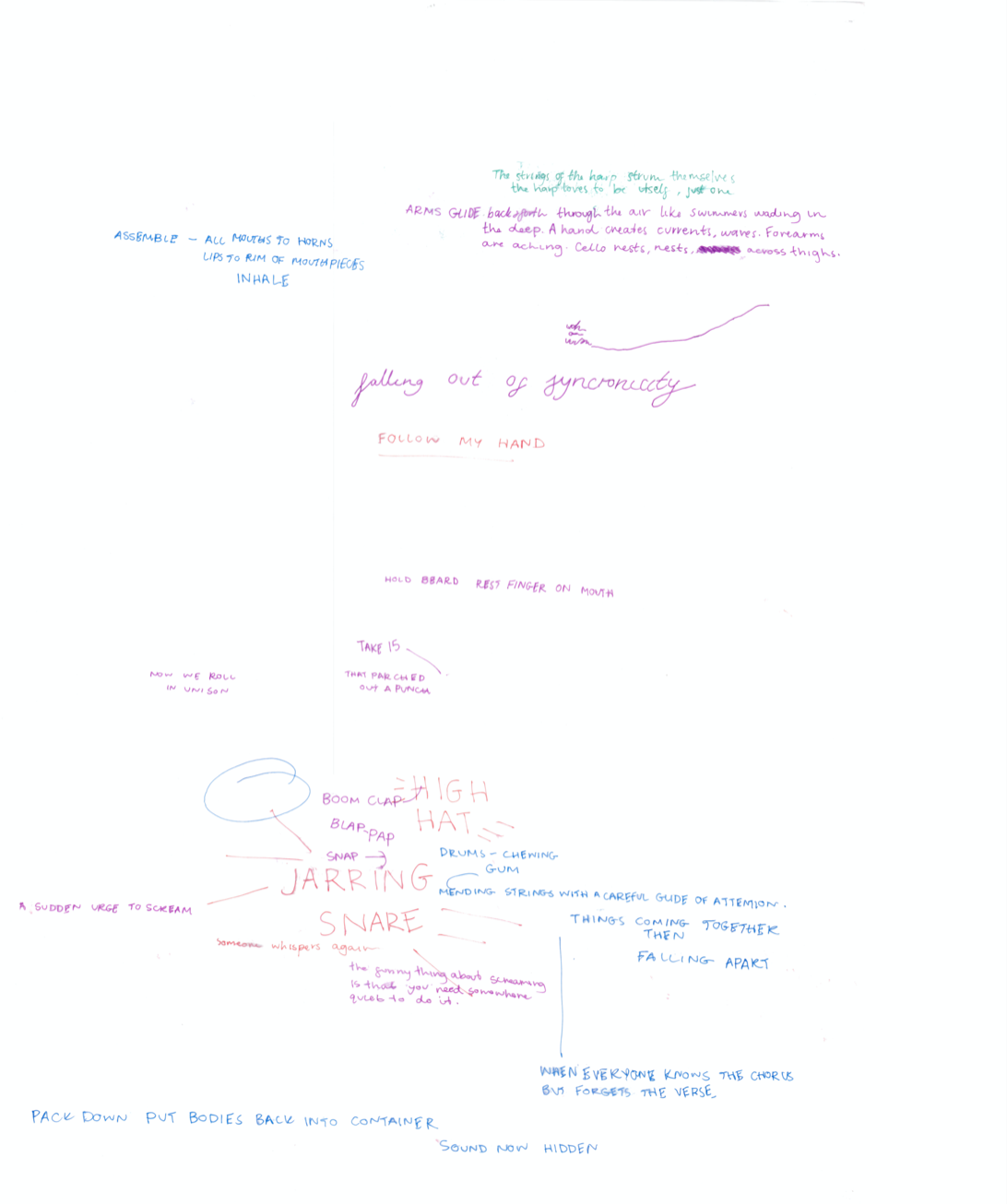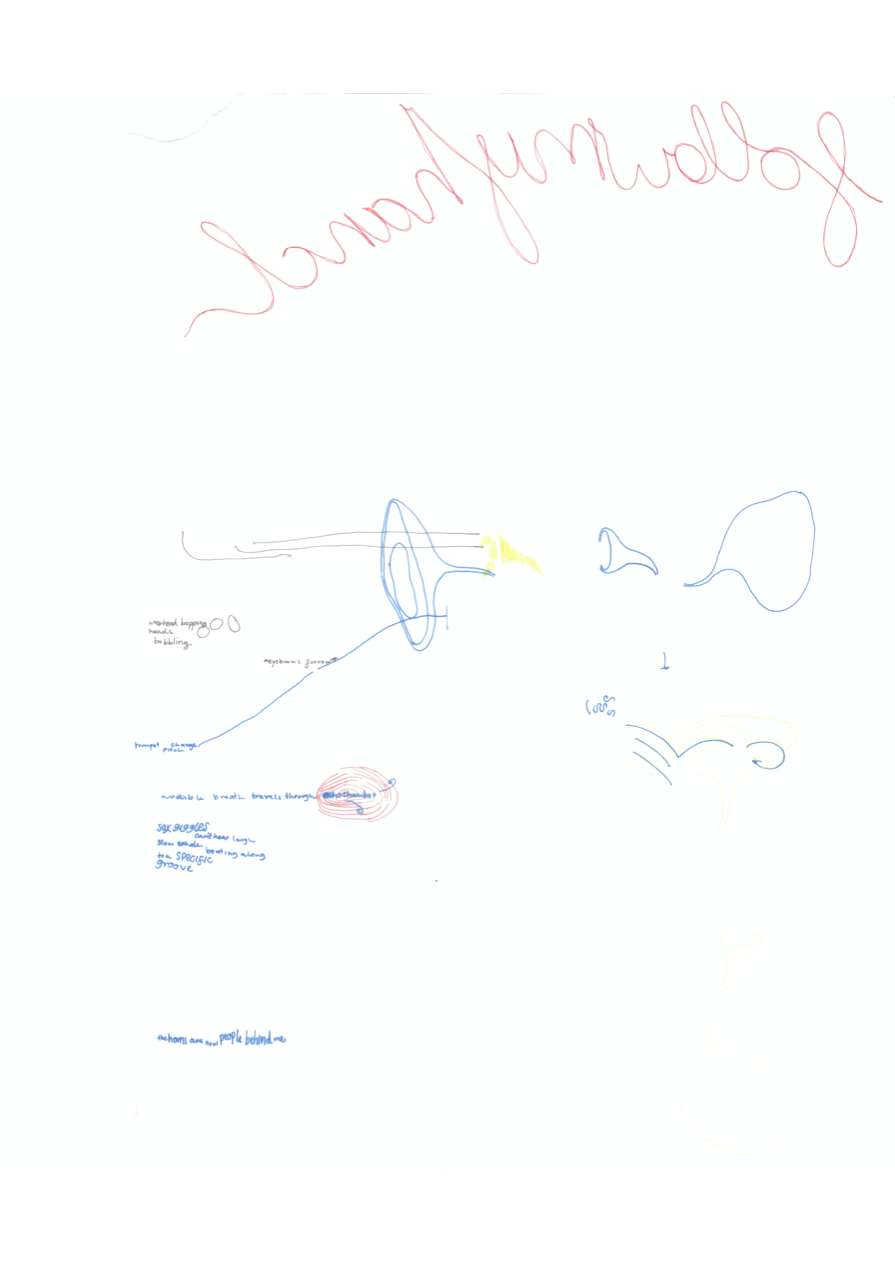
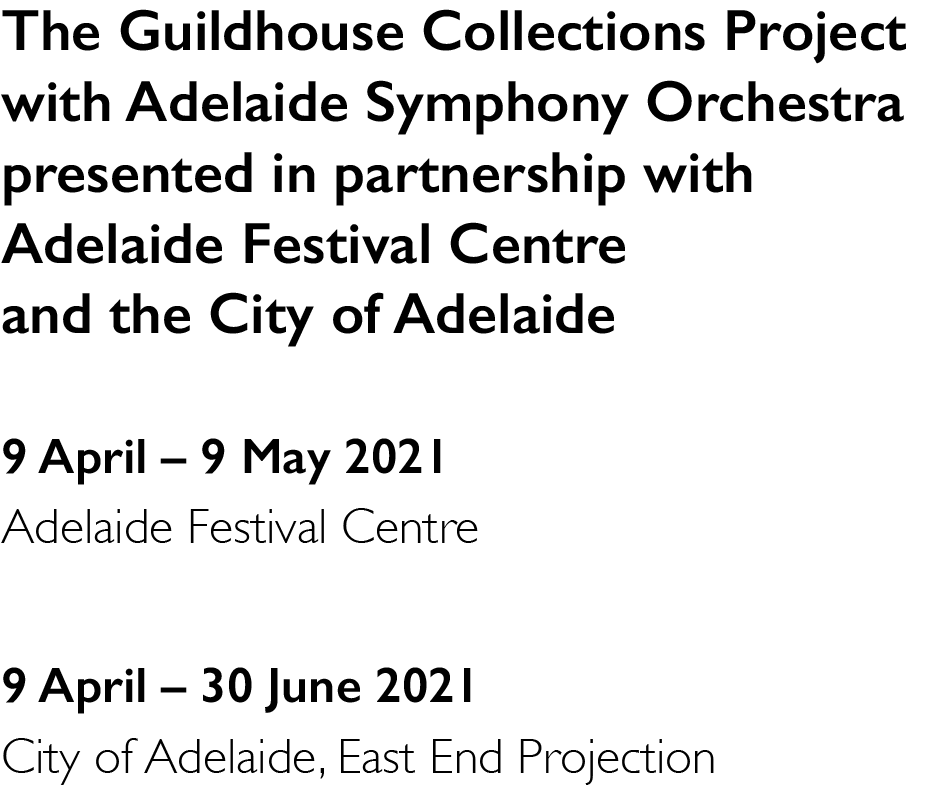
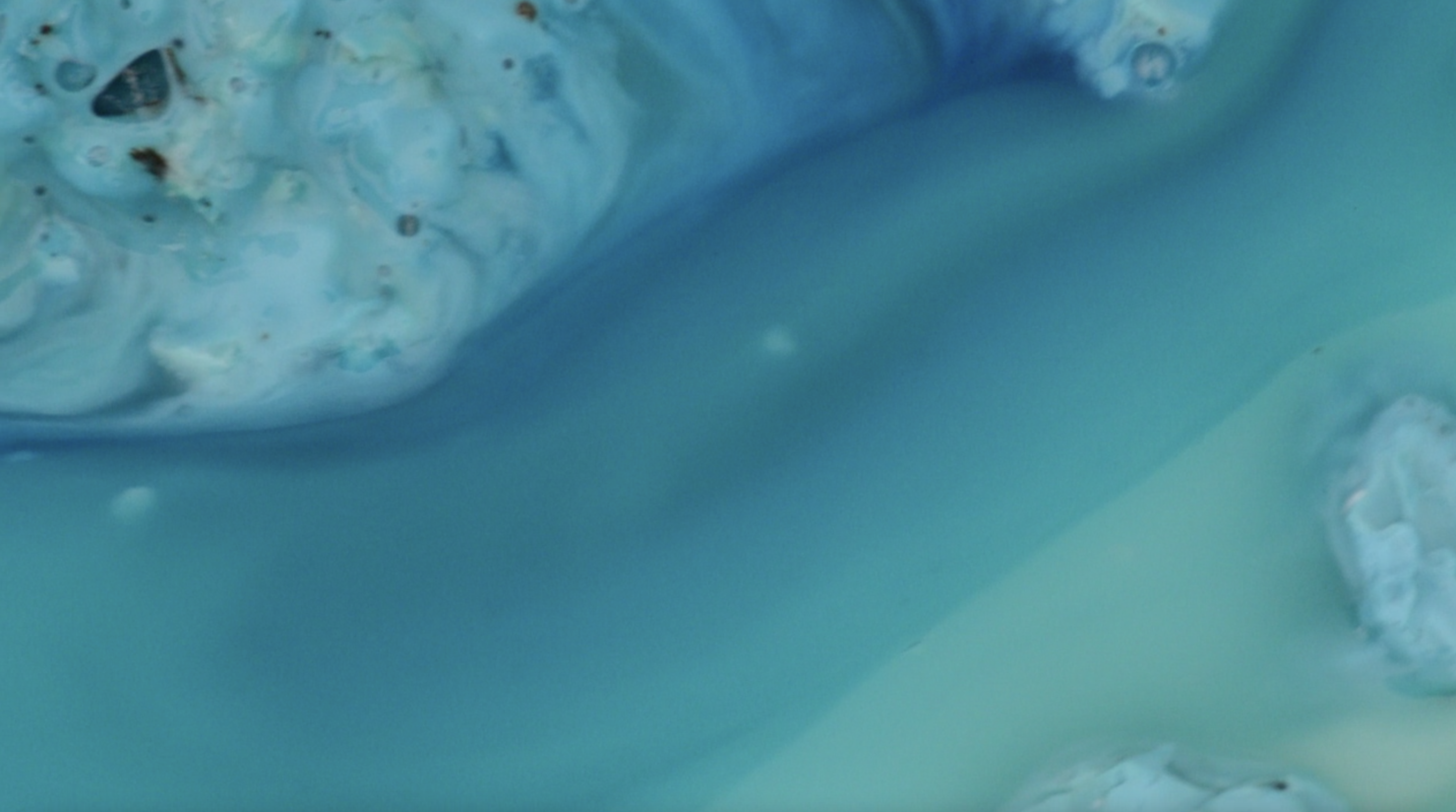
The Guildhouse Collections Project extends a rich tradition of inviting contemporary artists into important State collecting institutions to afford the opportunity for study and research, collaboration and creation. Guildhouse’s Collections Project celebrates more than a decade of artist engagement in art, anthropologic and natural science collections. The goal of the project is not just research, it is the contemporary lens the artist brings to the Collection itself. In each iteration, we the audience, and the Institution, benefit from the opportunity to connect with familiar objects, stories and experiences, anew.
This important iteration of The Collections Project, with Adelaide Symphony Orchestra (ASO), and presented in partnership with Adelaide Festival Centre and the City of Adelaide, reimagines the traditional notion of a collection. This collaboration was inspired by a statement made by ASO Managing Director Vincent Ciccarello during a public panel talk. Vince spoke of the Orchestra as a living collection, something vital to enshrining and ensuring the State’s engagement with music – past, present and future. Celebrating Adelaide’s designation as a UNESCO City of Music, this project highlights Adelaide’s creative strengths – our artistic vitality, willingness to act, and to collaborate.
With a reputation for vitality and versatility, the ASO has provided South Australian and international audiences with access to Australia’s leading classical musicians for 85 years. Reaching more than 100,000 concertgoers each season, the ASO demonstrates its commitment to audiences through regular broadcasts on ABC Classic, regional tours and programming for families children and communities. The Orchestra brings powerful ephemeral art to life with every performance – an experience only made possible through all facets of the organism working in harmony.

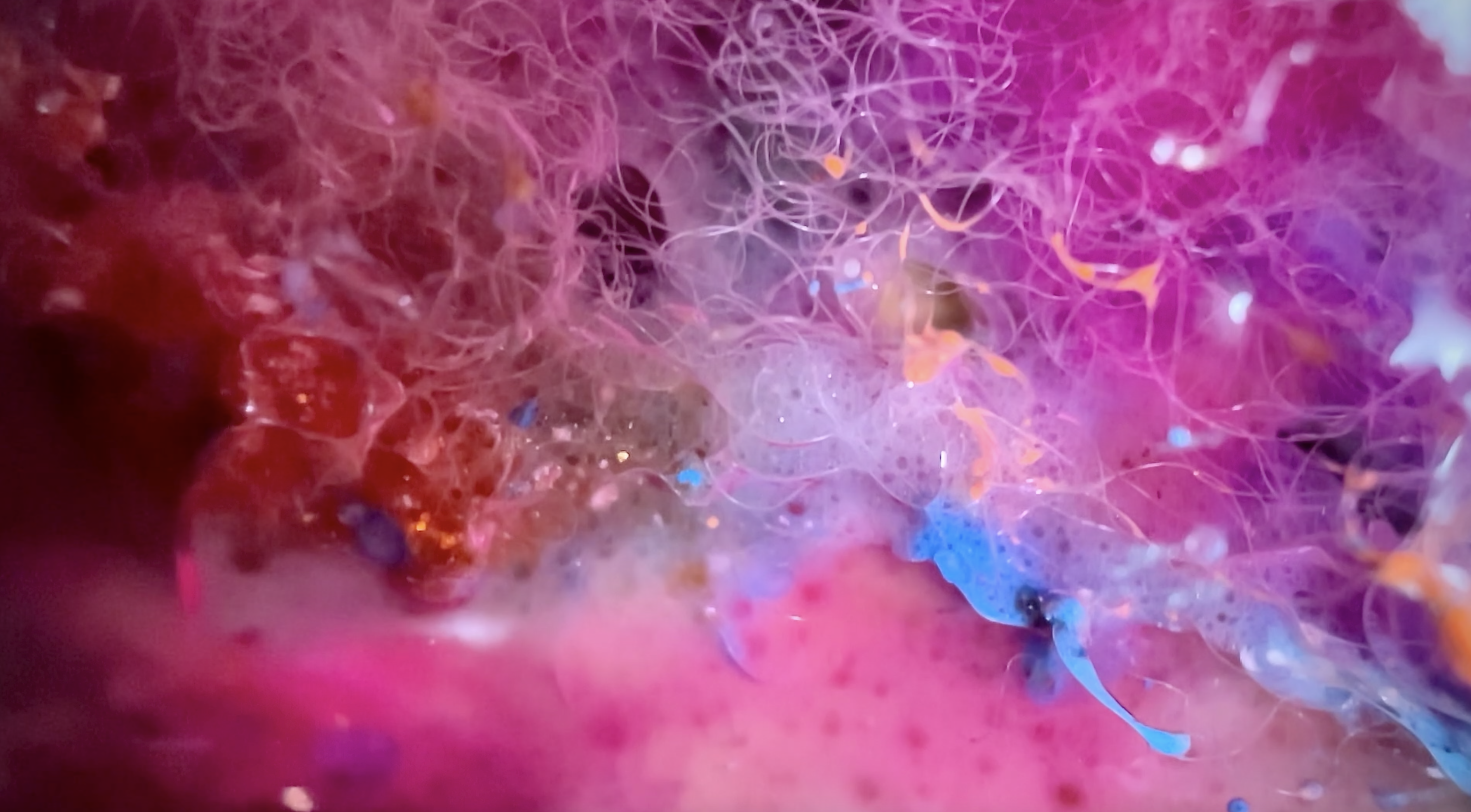
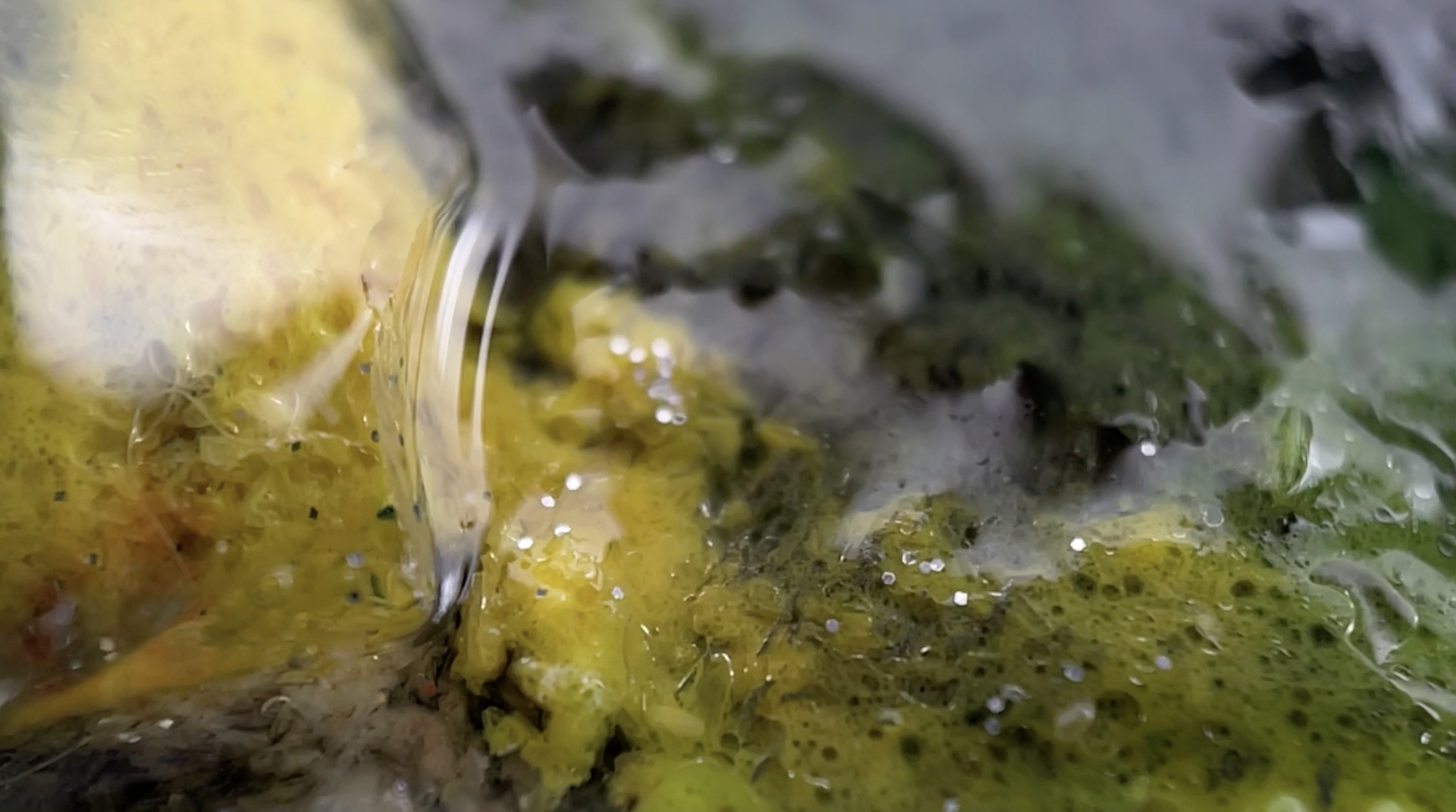
During this project, artist Michael Kutschbach had the opportunity to work closely with and observe members of the orchestra, the leadership team, conductors, soloists and all the operational elements and physical infrastructure that support the orchestra’s activity.
Adelaide Festival Centre, South Australia’s principal performing arts venue and presenter, is one of the ASO’s primary performance venues. Adelaide Festival Centre was Australia’s first capital city arts centre and its expansive riverbank site hosts more than one million people annually. Adelaide Festival Centre’s support for this project has enabled Kutschbach’s evocative new work to reach audiences in the hundreds of thousands through screening on the large format screens on the façade of the Centre.
This project celebrates Adelaide’s strengths and has been championed by the City of Adelaide since its inception as an exemplar of Adelaide’s designation as a UNESCO City of Music. In 2019, the City of Adelaide invited Professor James Pawelski to spend four weeks in Adelaide, extending the University of Pennsylvania Humanities and Human Flourishing Project through consultation across Adelaide’s cultural and wellbeing communities. The result was an open invitation to ‘all those engaged in arts, culture, creative industries and wellbeing in Adelaide to consider how you can work together to expand and enhance the wellbeing benefits that arts, culture and creative industries already bring to your community.’
This significant iteration of The Guildhouse Collections Project shares knowledge, stories and ideas, and in doing so, harnesses the cultural vitality of our city, celebrates our artists and supports the richness of our community.
Guildhouse works with visual artists, craftspeople and designers, government and industry to build skills and knowledge. For 54 years we have defined ourselves through a commitment to partnerships, adaptation and responsiveness to the changing conditions facing artists and makers. Together with our partners, we create opportunities for meaningful, sustainable careers in the creative sector.
The Collections Project is a result of true partnership and demonstrates the value of creating new and ambitious environments for artists, collections, spaces and audiences to coalesce. We extend our thanks to each partner for their unique contribution, and congratulate Michael Kutschbach on the sensitive and incisive body of work he has created in response to his residency with the Adelaide Symphony Orchestra.

Emma Fey
Chief Executive Officer
Guildhouse
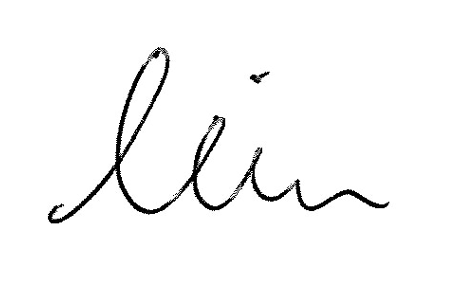
Vincent Ciccarello
Managing Director
Adelaide Symphony Orchestra

 Douglas Gautier
Douglas Gautier
CEO and Artistic Director
Adelaide Festival Centre

Lord Mayor, Sandy Verschoor
City of Adelaide
On a rainy August evening in 1952, a young American pianist walked on stage of the Maverick Concert Hall in Woodstock, New York. He sat down at a piano and opened its lid, raised his hands to its keys, and remained seated in silence for the next four and a half minutes. The aural experience that unfolded over three ‘movements’ – each movement marked by opening and closing the lid – would later become one of the most well-known experimental musical compositions of the twentieth century. 4’ 33” (Four minutes and thirty-three seconds) was a meditation on music, sound and noise; all three propositioned as a continuum and without beginning nor end.
Almost seventy years later, Michael Kutschbach’s fuliguline (2021), a multi-media response to the living collection of Adelaide Symphony Orchestra, reverberates with similar conceptual energy. Over the course of 2020, the South Australian based artist was invited to observe the daily machinations of the orchestra, not just their rehearsals or the talented musicians and conductors themselves but the architectural space they occupied, their box office, audiences, ushers, cleaners – a full body examination. Fittingly, Kutschbach’s methodology revealed just that; Adelaide Symphony Orchestra is a living organism, a phenomena of co-dependency.
As 4’ 33” sprung forth from mid-twentieth century conceptualism, fuliguline, too, reflects its twenty-first century context. Shadowed by the year that was (and, in many ways, still is), the iterative, screen-based work uses slippages of scale within macro photography to create science-fiction-like universes meets undulating interior landscapes, edging on body horror. The cell is the organ is the body is the symphony. 2020 couldn’t have afforded more attention to the virulent potential of our bodies, and our deeply co-dependent natural and constructed systems of living. And, fuliguline materialises aspects of this: the rhizome, the hivemind, the sym within symphony, collective action, anticipation and synchronicity – that universal inhale preceding the first note. Even its title was chosen onomatopoeically, the way the tongue might flick in the mouth of a flautist.
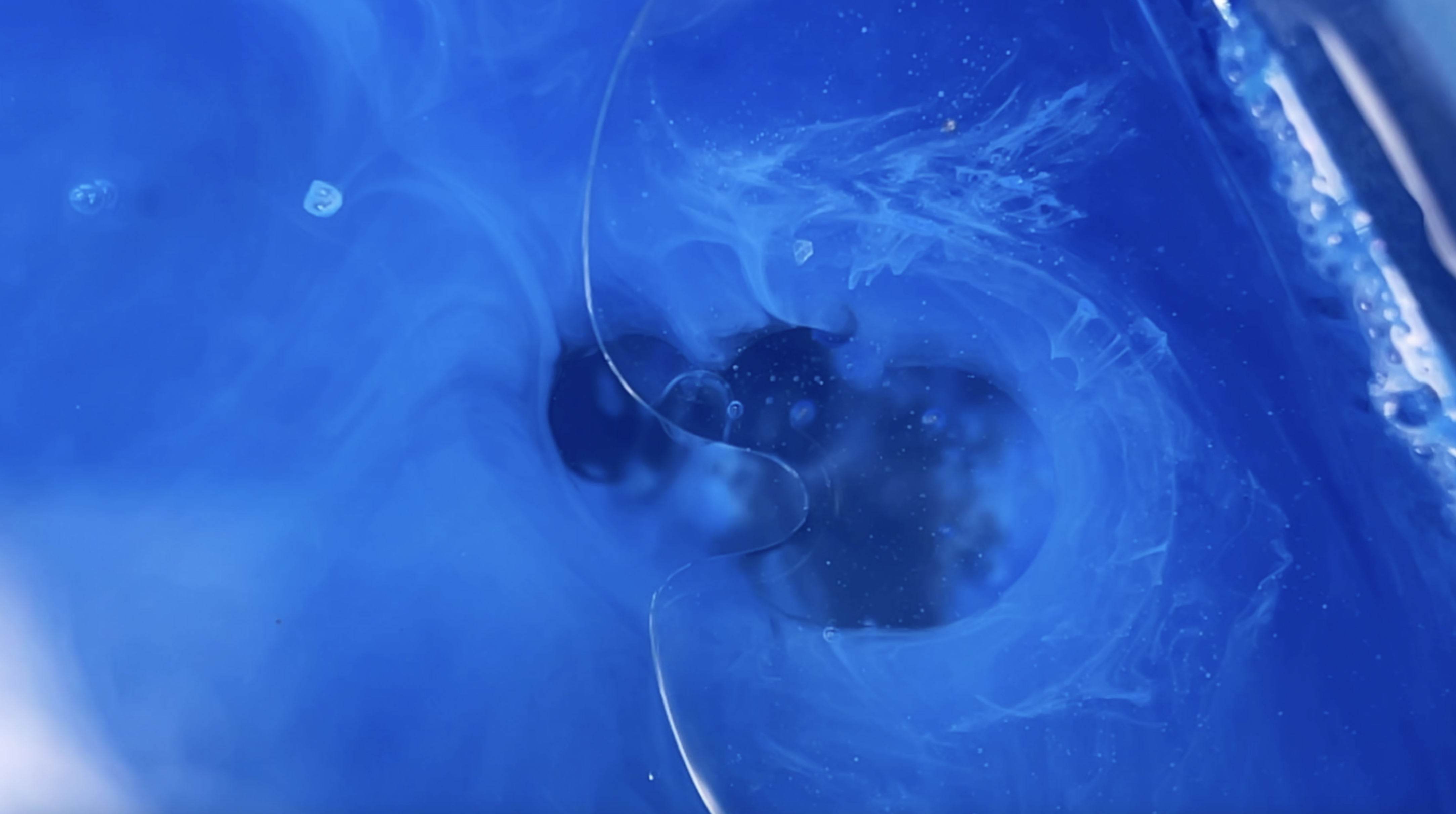
2020 was also a unique year for noise, or lack thereof. The grinding halt of the pandemic – a kind of global 4’ 33” – enabled our scientists the renewed power to hear the ocean, a first since the advent of the industrial revolution.[1] Deep listening is evident in Grace Marlow’s follow my hand, a phonographic response to Kutschbach’s observations. Rather than the strictures of the stave or traditions of musical scoring, the Adelaide-based artist and writer has used transparencies to transcribe the aural life of the orchestra: a dropped pencil, plucked strings, jarring snares, low whispers, unadulterated harmonies, the rhythmic movement of bodies in space. Under Marlow’s dictation, Kustchbach’s slippages in scale become slippages in time. The layering up of semi-permeable membranes produces a map, not just of sound and noise, and possibly even silence, but of simultaneity. Fuliguline and follow my hand together form one moment and every moment, the record of an instant without beginning nor end.
Belinda Howden
[1] Tamman, M. “Pandemic offers scientists unprecedented chance to ‘hear’ oceans as they once were”, Reuters, June 8, 2020, https://www.reuters.com/article/us-health-coronavirus-climate-research-i-idUSKBN23F1M3
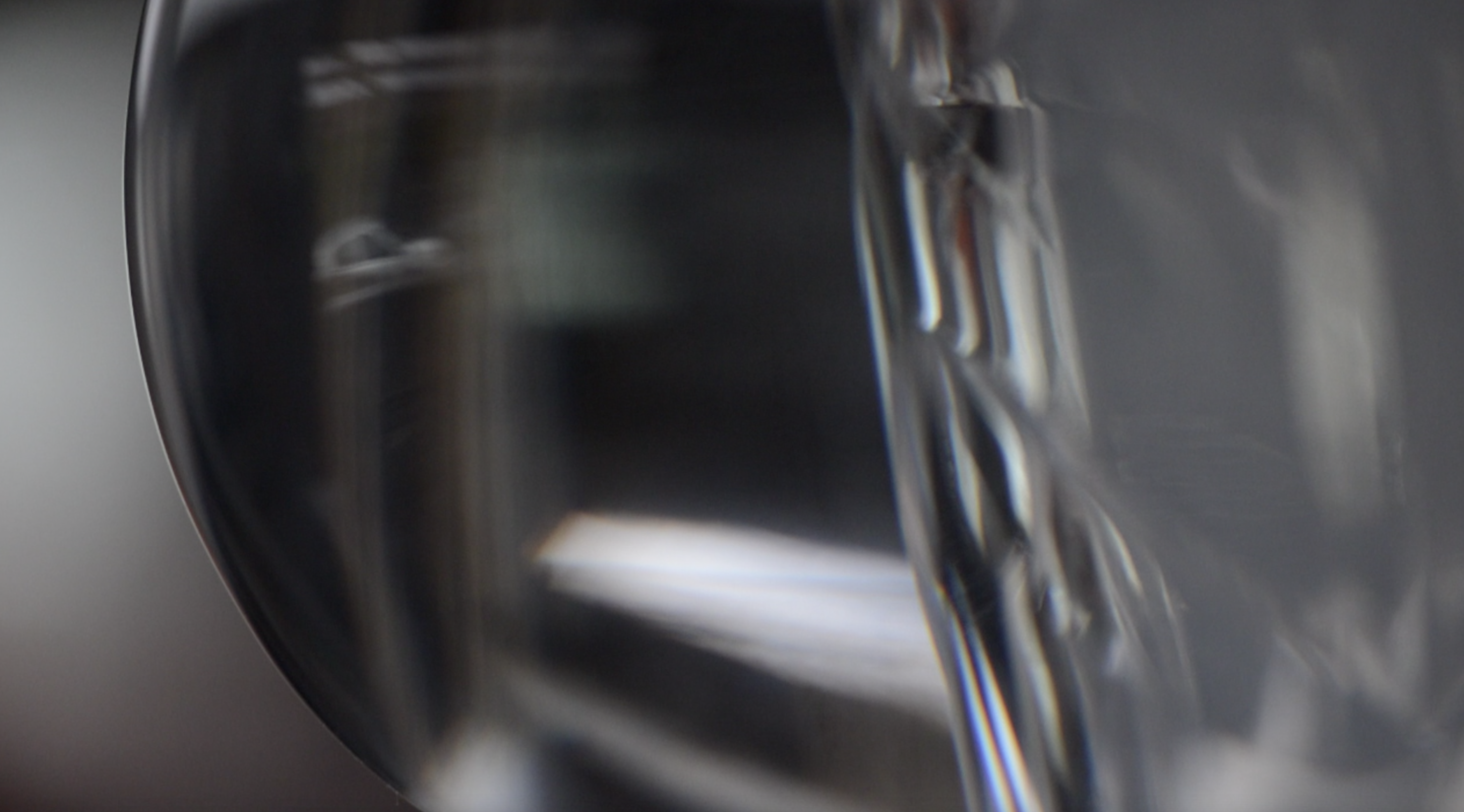
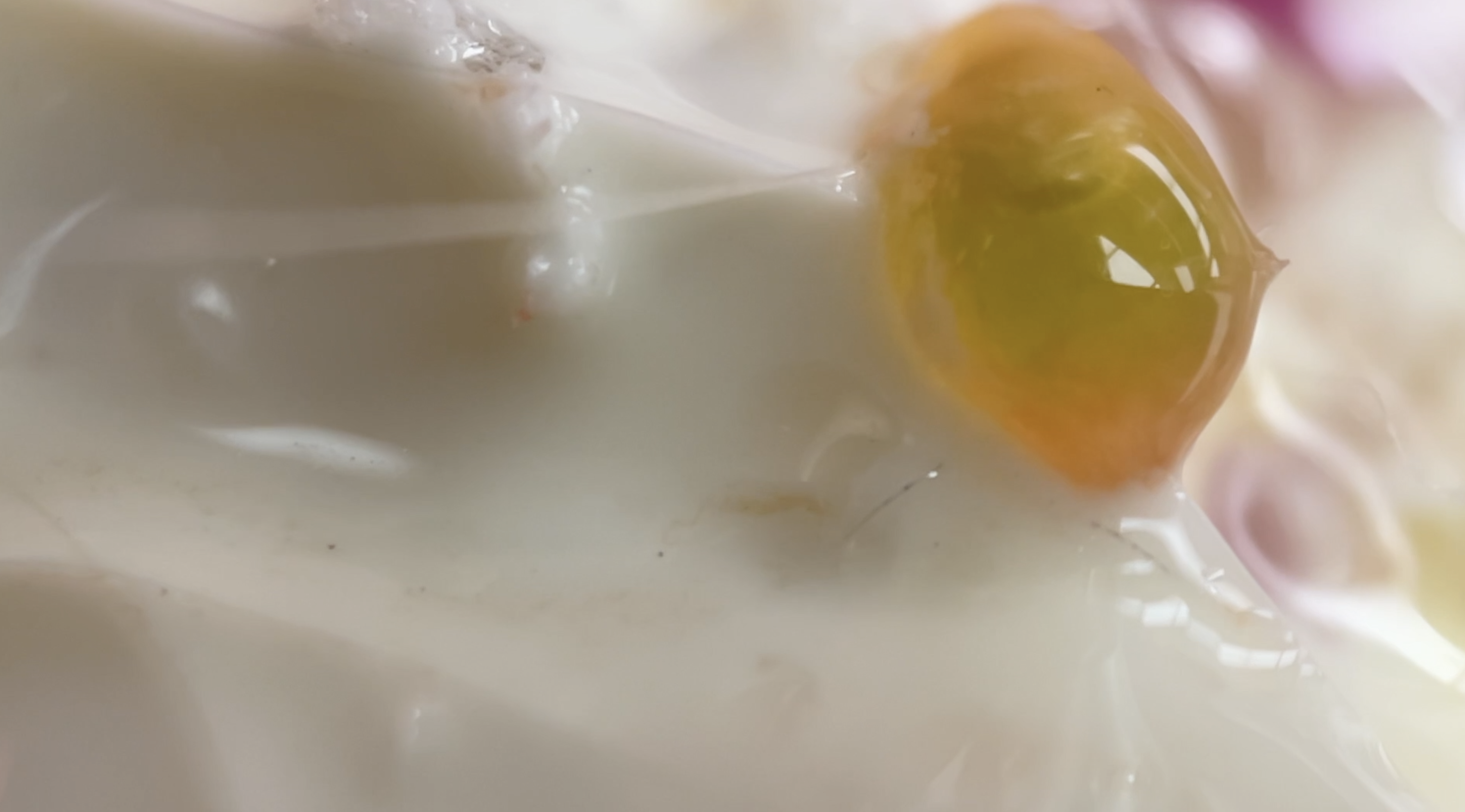

Guildhouse is assisted by the Government of South Australia through Arts South Australian and the Visual Arts and Craft Strategy, and initiative of the Australian, State and Territory Governments.
Guildhouse, Adelaide Symphony Orchestra, Adelaide Festival Theatre and City of Adelaide acknowledge that they operate on the lands of the Kaurna nation and recognise the continued relationship to their lands by traditional owners past and present.
Adelaide Symphony Orchestra
Director, Special Programs and Production
Sarah Bleby
Guildhouse
Chief Executive Officer
Emma Fey
Guildhouse
Artistic Project Manager
Debbie Pryor
Adelaide Festival Centre
Senior Exhibitions Curator
Charissa Davies
City of Adelaide
Senior Coordinator, Arts and Culture
Sarah Feijen
Additional words
Belinda Howden
Design
Guildhouse
Photography
HD video stills courtesy of the artist
The artist acknowledges Debbie Pryor, Emma Fey, Henry Wolff and Ayesha Aggarwal from Guildhouse, Sarah Bleby and the ASO, Charissa Davies from AFC, City of Adelaide, Stephen Atkinson from UniSA, Bridget Currie, Grace Marlow and Tine, Pelle & Rufus Kutschbach.
ISBN 978-0-9923539-7-1


